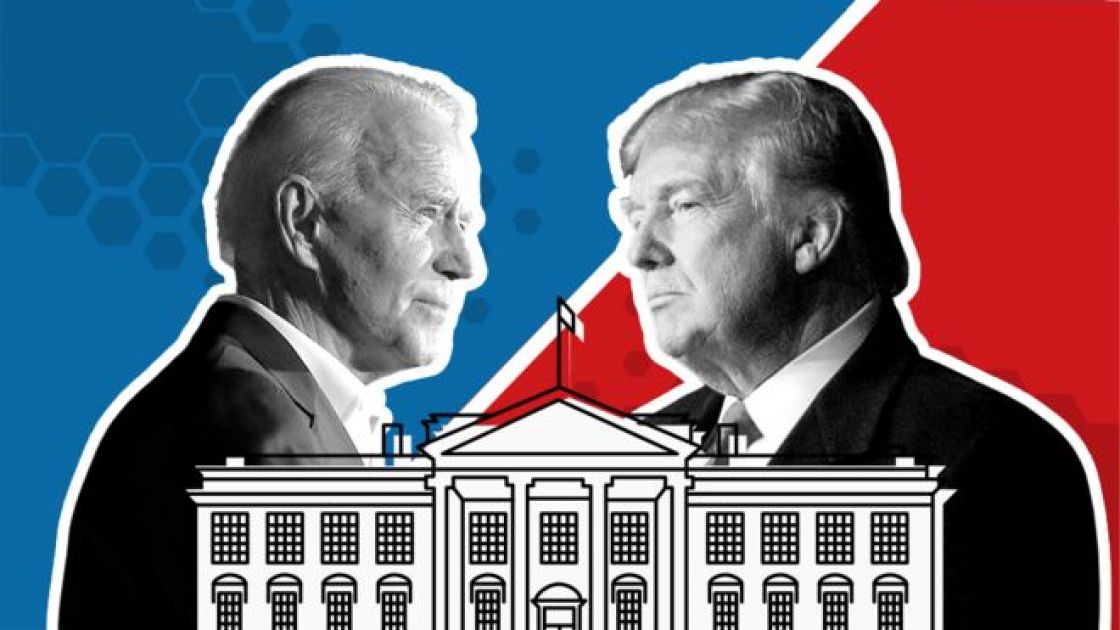- Articles
- Posted
Will the “General Strike” Tool be Used in the Trump-Biden Battle?
In recent days, there is more talk about the expected scenarios in the event the clash between Trump and Biden continues over the election result. We won’t address here the legal side of the issue, but we specifically ponder one of the ideas circulating in different circles in the US about the mechanisms that can be utilized as tools to facilitate what they call a “smooth transition of power”. What we mean here is a “general labor strike”.
The debate over the use of the “general labor strike” tool would give a false suggestion that this tool is really effective in the United States or is available the way it is in its European form, for example, or elsewhere in the world.
In reality, the National Labor Relations Act, which is a federal law in the US, generally permits strikes but also places certain limitations and qualifications for exercising the right to strike, the majority of which reduce the bargaining power of the strikers, which defeats the whole purpose of the right to strike as a tool to effectuate change. That is probably the reason why we have not witnessed large-scale strikes in the United States for decades, especially in 2008 or this year, despite the economic disasters it witnessed that afflicted the working class and led 40 million of its members to unemployment.
One limitation is a judgment that a strike is unlawful, which occurs when its object or purpose is “unlawful”; this is something that is general and vague enough in the text of the Act that lawyers of most corporations in the US or even the government can easily argue before a court to get a decision favorable to the employers, thus easily undermining the employees’ right to strike.
Additionally, different states in the US have different laws with regards to the right to strike. New York, for example, has a law that prohibits all strikes by public (state) employees. Other states have laws that ban strikes by certain categories of workers, under the pretext of being critical to society, like for example: police, teachers, firefighters, or prison employees. This is even though it is well known that the power of strikes comes precisely from the sensitivity of the positions in which the strikers work, and the criminalization of striking by broad groups of workers defeats the purpose of the right to strike.
In light of all the above, in addition to the dispersed and conflicting state of trade unions, which are also significantly infiltrated by employers, it is difficult for the labor force in the US to have the ability to use the right to strike to be able to significantly change working conditions and labor laws, let alone being a significant political force.
Nevertheless, merely talking again about the “general labor strike”, though one cannot rule out that this is an attempt to gather forces within the framework of the internal elite struggle, it is undoubtedly an important matter. This would not be the first time in history that the capitalist class has created its gravediggers and pushed them to organize their ranks.



 Imad Tahhan
Imad Tahhan